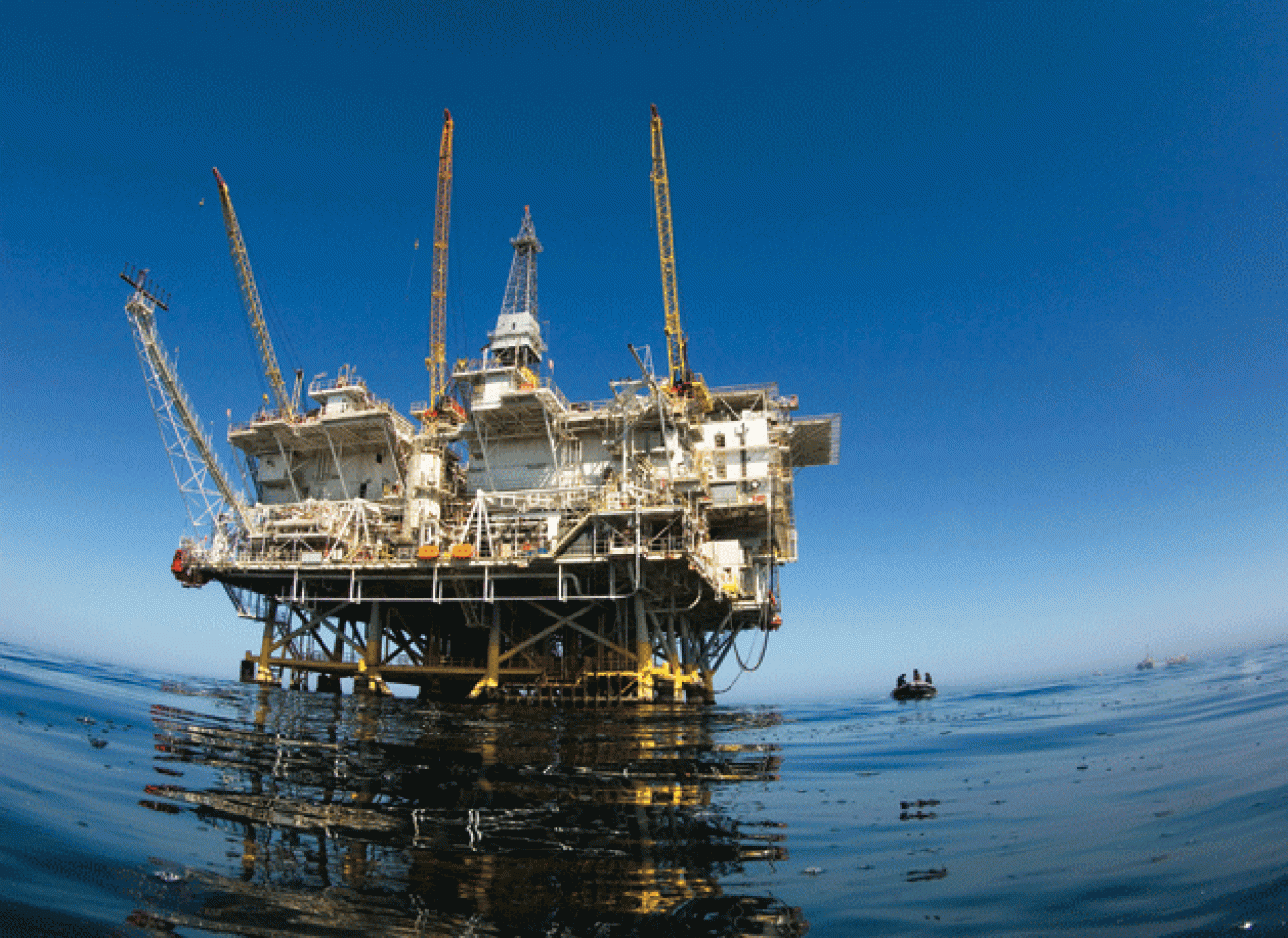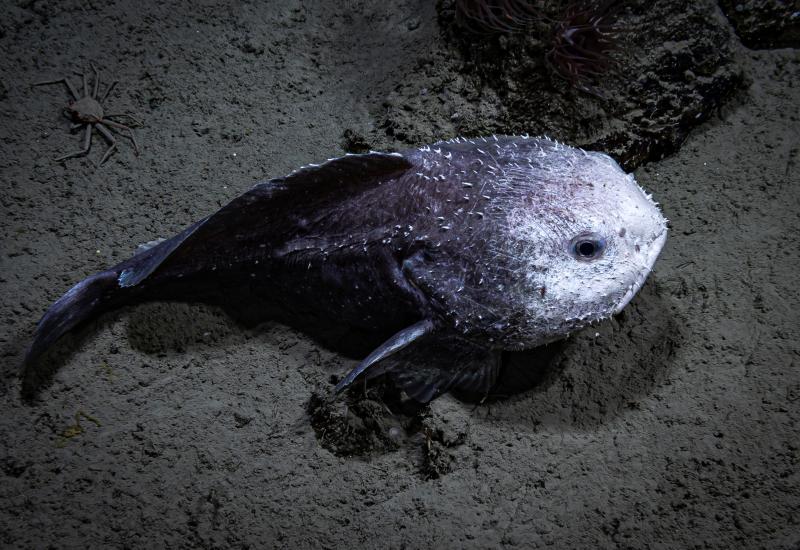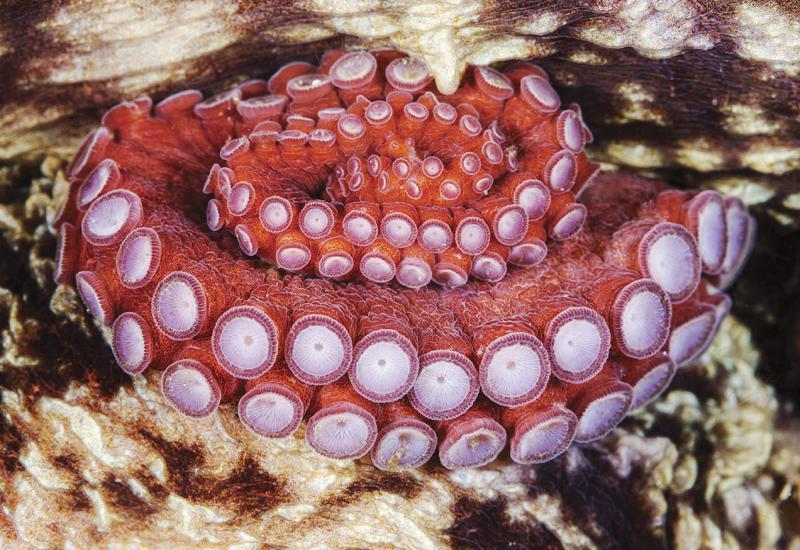Ask an Expert: Are Oil Rigs Good or Bad for the Environment?

Are Oil Rigs Good or Bad for the Environment?
Mauricio Handler/National Geographic Stock
THE ISSUE
Artificial reefs abound around the world, attractions for divers, anglers and fish. But what about drilling platforms? Aren’t they artificial reefs too? That depends on whom you ask. For some people, the presence of a platform in the ocean forever changes the natural habitat, and that is inherently bad. For others, oil platforms are home to an incredible diversity of fish, especially juveniles, on the California coast at least.
No one set of rules or opinions can cover all oil platforms everywhere in the world. Each region has different structures, different types of fishes, and a different environment. For the purposes of this discussion, we’ll cover California oil platforms and rules, since that area has received the most scrutiny in the United States.
PLATFORMS PERFORM A SERVICE
For Dr. Milton Love, a research biologist from the Marine Science Institute at UC Santa Barbara and author of the book Certainly More Than You Want to Know About the Fishes of the Pacific Coast, the platforms of the California coast function as a nursery for an astounding number of rockfishes.
“They act as marine reserves. There is some fishing, but relatively little, so it provides a protected area for dozens of species of fish,” he said.
Love emphasized that platforms in the Gulf of Mexico function differently because of the different types of fish present, but said they still provide a home to large reef fish and pelagic animals that pass through the area.
One of the questions about platforms is, since they are industrial sites, do they pollute the waters and the nearby fish? Love’s research has shown that there is no difference in the presence of pollutants in fish caught on platforms and those from natural sites. He also noted that there have been situations where whales have intentionally scratched their backs on platforms, and sea lions live on them, so the noise emitted from the platform doesn’t seem to be an issue.
“Platforms run for hundreds of feet from the seafloor to the surface; in California, many fish really like that verticality,” said Love.
PLATFORMS AS ARTIFICIAL REEFS IS A BAD IDEA
Linda Krop, chief counsel for the Environmental Defense Center in Santa Barbara, California, thinks fish may like the verticality, but she doesn’t think they will keep it in California.
“For safety and navigation, oil platforms have to be toppled or knocked over on site,” she said.
She also questioned whether the platforms are really a fish habitat. “The Gulf of Mexico has a mud bottom, but California has rock reef. They want to knock these platforms over where they stand without any regard to whether there is a fishery there that needs help or evidence that it is beneficial.
“Some scientists worry we are attracting fish away from their more-productive natural habitat. Are the sites going to be cleaned up adequately? There are mounds of junk below oil platforms, and there won’t be a full remediation of that material. We feel like we haven’t had a full assessment of the situation. I am concerned about long-term contamination.”
In the original agreement between California and the oil companies, the companies were to remove spent oil platforms and return the area to its natural state. In 2010, California passed legislation to possibly allow oil platforms to stay in place. Part of the incentive for the state was that the oil companies agreed to share a percentage of the money they saved by not removing the platforms from the ocean. That money was slated for fish and wildlife programs. Since the law passed, improvements in the price of oil kept the oil platforms offshore from California producing, and no platforms have been decommissioned.
“California has a good artificial-reef program that is based around need and the types of fishes, along with appropriate design. Oil platforms do not fit the artificial-reef guidelines,” Krop said.
CONCLUSION
As with a lot of things, we don’t know what we don’t know. In some cases, “rigs to reefs” is probably a good deal for the environment, diving, fishermen, the state and the oil company. Of course, it has to be done correctly, with adequate controls on pollution and safety. In other cases, the advantage might not be as clear for the environment or those who hope to use rigs as dive sites.
It might take a test case to see if this idea — and the rigs — will stand.
Want more Ask an Expert?
Should You Ever Enter a Wreck Without Training? | Is Manipulating Marine Life Ever OK? | Is the New Breed of Rebreathers Really Recreational?

Mauricio Handler/National Geographic Stock
THE ISSUE
Artificial reefs abound around the world, attractions for divers, anglers and fish. But what about drilling platforms? Aren’t they artificial reefs too? That depends on whom you ask. For some people, the presence of a platform in the ocean forever changes the natural habitat, and that is inherently bad. For others, oil platforms are home to an incredible diversity of fish, especially juveniles, on the California coast at least.
No one set of rules or opinions can cover all oil platforms everywhere in the world. Each region has different structures, different types of fishes, and a different environment. For the purposes of this discussion, we’ll cover California oil platforms and rules, since that area has received the most scrutiny in the United States.
PLATFORMS PERFORM A SERVICE
For Dr. Milton Love, a research biologist from the Marine Science Institute at UC Santa Barbara and author of the book Certainly More Than You Want to Know About the Fishes of the Pacific Coast, the platforms of the California coast function as a nursery for an astounding number of rockfishes.
“They act as marine reserves. There is some fishing, but relatively little, so it provides a protected area for dozens of species of fish,” he said.
Love emphasized that platforms in the Gulf of Mexico function differently because of the different types of fish present, but said they still provide a home to large reef fish and pelagic animals that pass through the area.
One of the questions about platforms is, since they are industrial sites, do they pollute the waters and the nearby fish? Love’s research has shown that there is no difference in the presence of pollutants in fish caught on platforms and those from natural sites. He also noted that there have been situations where whales have intentionally scratched their backs on platforms, and sea lions live on them, so the noise emitted from the platform doesn’t seem to be an issue.
“Platforms run for hundreds of feet from the seafloor to the surface; in California, many fish really like that verticality,” said Love.
PLATFORMS AS ARTIFICIAL REEFS IS A BAD IDEA
Linda Krop, chief counsel for the Environmental Defense Center in Santa Barbara, California, thinks fish may like the verticality, but she doesn’t think they will keep it in California.
“For safety and navigation, oil platforms have to be toppled or knocked over on site,” she said.
She also questioned whether the platforms are really a fish habitat. “The Gulf of Mexico has a mud bottom, but California has rock reef. They want to knock these platforms over where they stand without any regard to whether there is a fishery there that needs help or evidence that it is beneficial.
“Some scientists worry we are attracting fish away from their more-productive natural habitat. Are the sites going to be cleaned up adequately? There are mounds of junk below oil platforms, and there won’t be a full remediation of that material. We feel like we haven’t had a full assessment of the situation. I am concerned about long-term contamination.”
In the original agreement between California and the oil companies, the companies were to remove spent oil platforms and return the area to its natural state. In 2010, California passed legislation to possibly allow oil platforms to stay in place. Part of the incentive for the state was that the oil companies agreed to share a percentage of the money they saved by not removing the platforms from the ocean. That money was slated for fish and wildlife programs. Since the law passed, improvements in the price of oil kept the oil platforms offshore from California producing, and no platforms have been decommissioned.
“California has a good artificial-reef program that is based around need and the types of fishes, along with appropriate design. Oil platforms do not fit the artificial-reef guidelines,” Krop said.
CONCLUSION
As with a lot of things, we don’t know what we don’t know. In some cases, “rigs to reefs” is probably a good deal for the environment, diving, fishermen, the state and the oil company. Of course, it has to be done correctly, with adequate controls on pollution and safety. In other cases, the advantage might not be as clear for the environment or those who hope to use rigs as dive sites.
It might take a test case to see if this idea — and the rigs — will stand.
Want more Ask an Expert?
Should You Ever Enter a Wreck Without Training? | Is Manipulating Marine Life Ever OK? | Is the New Breed of Rebreathers Really Recreational?










